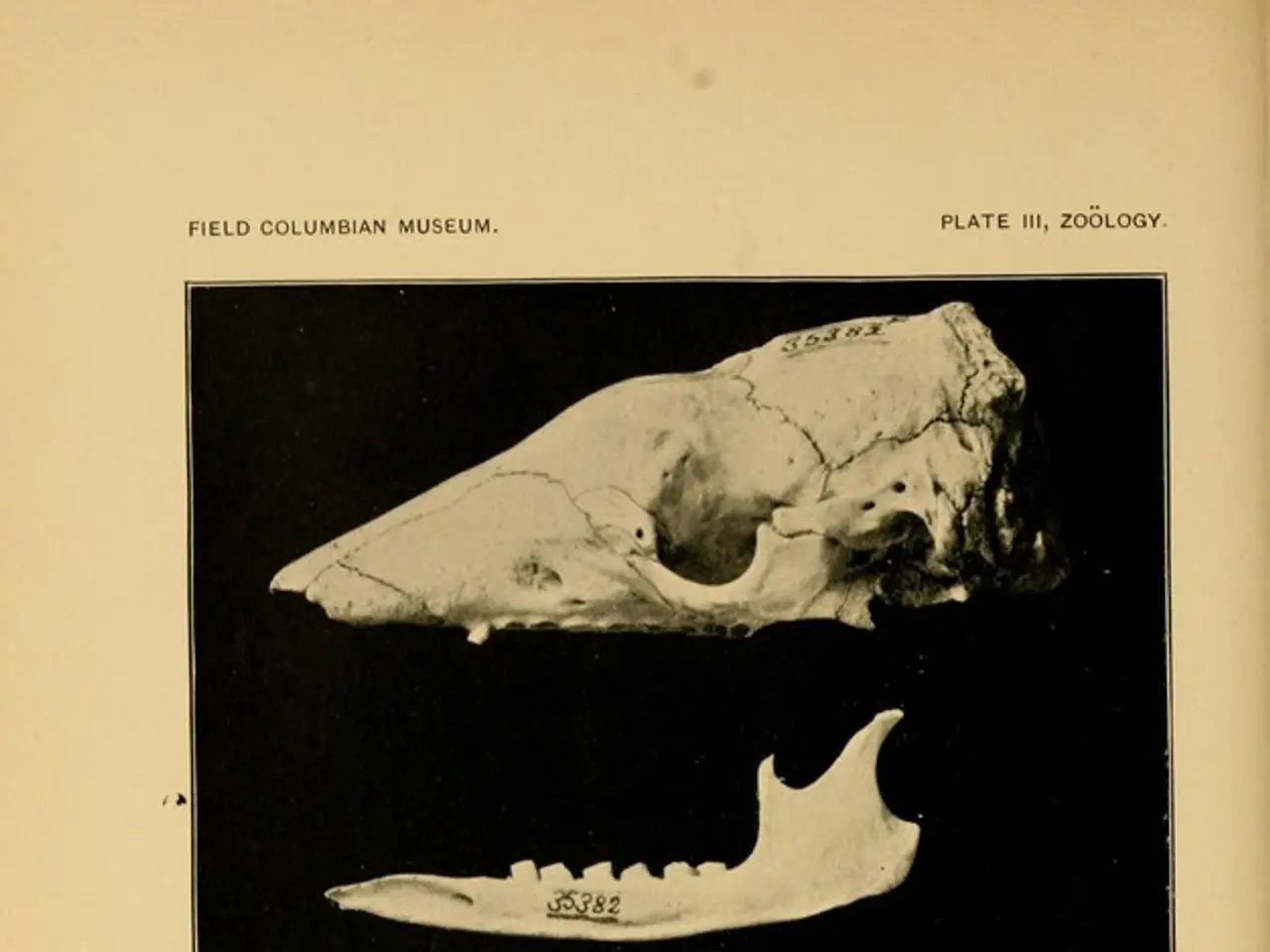Duchenne & Becker Muscular Dystrophy: Differences, Progression & Research
Two common forms of muscular dystrophy, Duchenne (DMD) and Becker (BMD), affect boys in the United States, with around 400 to 600 cases of BMD each year. Both conditions result from changes in the same gene, causing progressive muscle weakness and other issues. However, BMD is less severe and progresses more slowly than DMD.
DMD symptoms typically manifest between 2 to 3 years, while BMD symptoms can appear much later, even up to 60 years of age. By 13 years, nearly all DMD patients require mobility aids, unlike most BMD patients who can walk unassisted into their 40s or longer. Both conditions share symptoms like muscle weakness, joint and bone irregularities, and heart or breathing issues, but BMD symptoms are milder and less predictable.
Organizations like Parent Project Muscular Dystrophy (PPMD) play a crucial role in managing The Duchenne Registry, supporting research, raising policy awareness, and promoting access to therapies for both DMD and BMD.
While DMD and BMD are both serious conditions, BMD is less common and severe, with a slower, less predictable progression. Life expectancy in BMD has historically been longer than DMD, but advancements in DMD treatment have narrowed this gap. Organizations like PPMD continue to drive research and improve care for both conditions.





